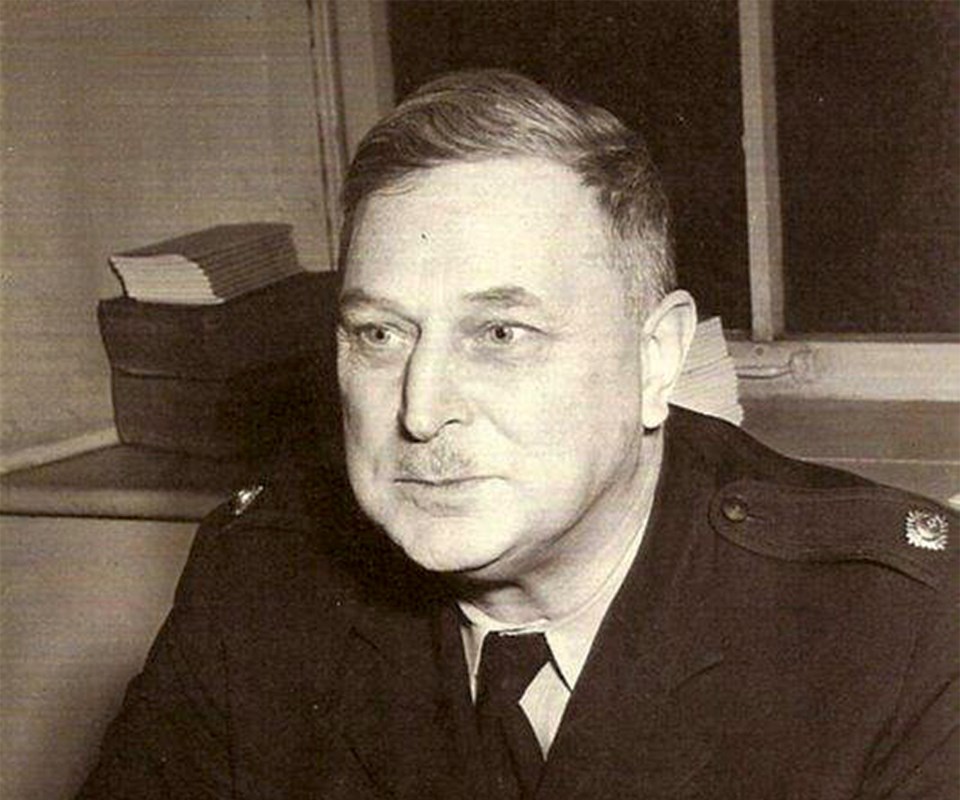 He was a young Englishman who came to Canada with no idea of what to do with his life.
He was a young Englishman who came to Canada with no idea of what to do with his life.
Born on Jan. 17, 1893 in Sussex, England, Sidney C. Pratt was a boy of 17 when he arrived in Lambton County to visit an aunt in Aberfeldy, a now-dispersed hamlet in the former Euphemia Township.
After the visit ended Pratt decided to stay in Canada and set out to explore the area. He found work at a Detroit factory, and later as a sailor on commercial lake vessels. Lured west in 1912, Pratt wound up working the harvest in Wilcox, Saskatchewan. Then in Prince Albert he took or a job with the Dominion land surveying company.
For a 21-year-old in Western Canada, few careers held greater promise of adventure than the Northwest Mounted Police. The NWMP had been created after Confederation to police the western frontier.
It had ended the whiskey trade and related violence on the southern prairies. It helped the federal government suppress the North-West Rebellion, and brought order to the Klondike Gold Rush. The NWMP pioneered enforcement of federal law in the West and the Arctic.
Sydney Pratt enlisted as a constable at Regina in 1914, spending the next three years at postings in Western Canada and the Yukon.
A story he later told the Sarnia Observer concerned an assignment at Glacier Creek, about 80 miles from Dawson in the Yukon Territory, where he travelled by dog team to pick up the remains of a dead miner.
After picking up the body and on his way back to Dawson he encountered a party of local girls out on a snowshoe hike. They asked the constable for a ride back to town.
Pratt told them to “jump on,” which they happily did. Only after the dog team pulled up to the undertaker’s establishment in Dawson did the shocked girls realize they’d been sitting for miles on a frozen corpse.
Pratt served with the Canadian Light Horse at Vimy Ridge, and during the famous 100 Days Campaign that drove the enemy back to Germany. He remained in France until the war’s end, returning to the NWMP and serving in Regina, Vancouver, and the “Big Muddy Badlands” in Saskatchewan.
He purchased his discharge in 1921 and returned to Sarnia. Pratt joined the nine-man Sarnia Police Department the same year, earning promotions to sergeant and inspector.
When promoted to Chief of Police in 1951, upon the death of Chief William Lannin, Sydney Charles Pratt brought 37 years of policing experience to the new job.
Phil Egan is editor-in-chief of the Sarnia Historical Society. Got an interesting tale? Contact him at [email protected]
